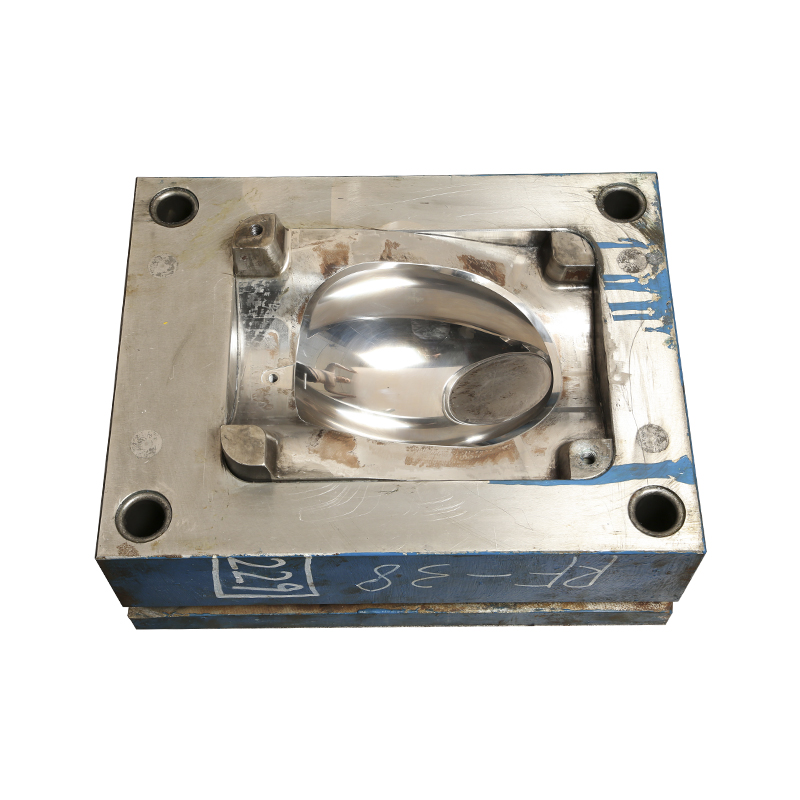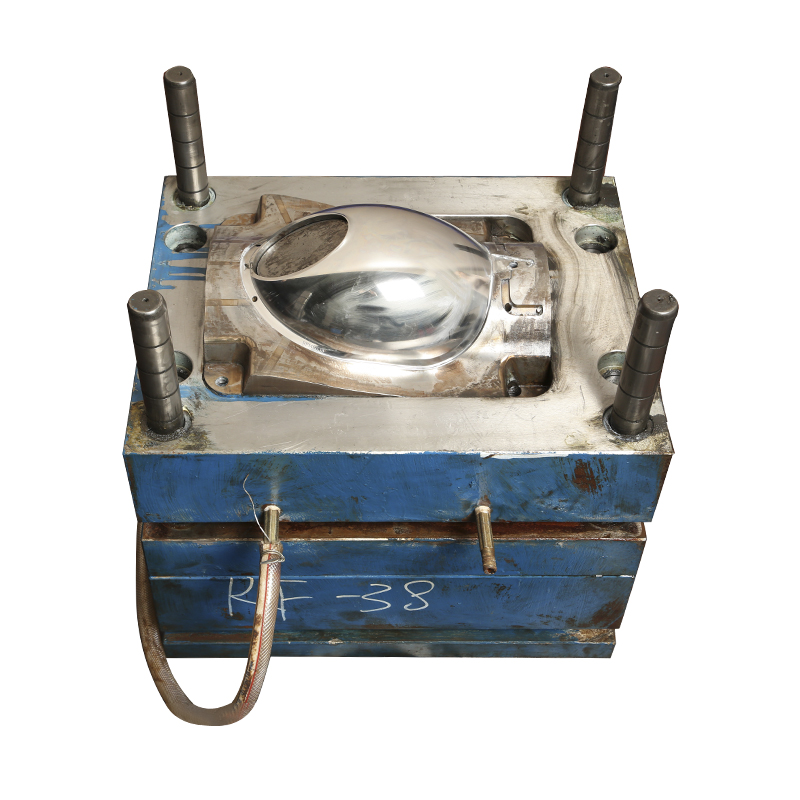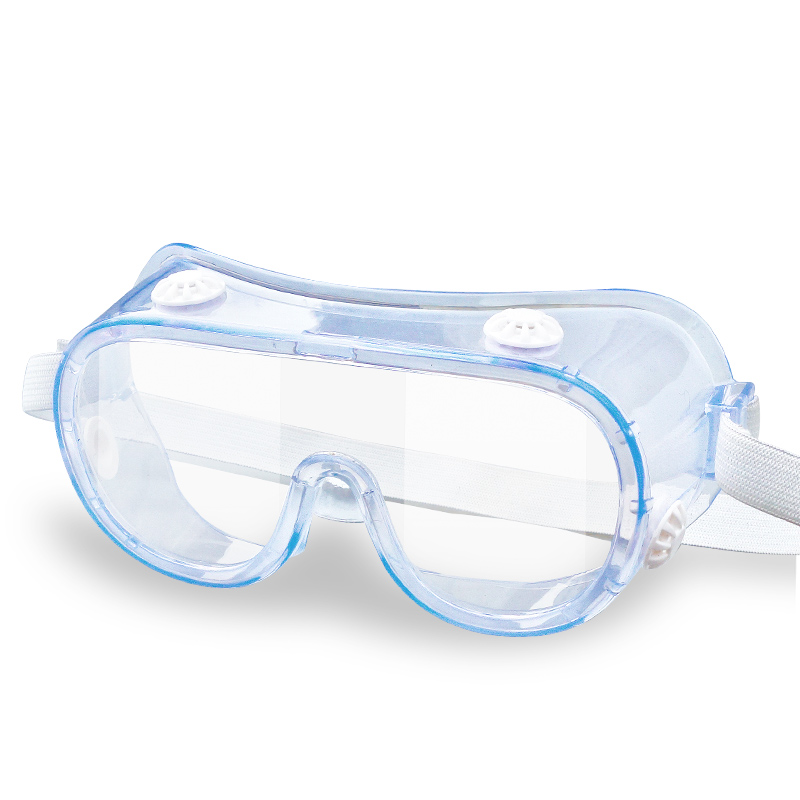Medical plastic injection molding is a critical manufacturing process in the medical device industry, enabling the production of high-quality, precise components essential for healthcare applications. This process involves injecting molten plastic into a mold to create intricate shapes and designs that meet stringent regulatory standards. As the demand for medical devices continues to grow, understanding the intricacies of medical plastic injection molding becomes increasingly important for manufacturers aiming to deliver safe and effective products.
The Importance of Medical Plastic Injection Molding
The medical industry relies heavily on plastic components due to their versatility, lightweight nature, and cost-effectiveness. Medical plastic injection molding offers several advantages that make it the preferred choice for producing medical devices:
Precision Manufacturing: One of the primary benefits of medical plastic injection molding is its ability to produce highly precise components. The process allows for tight tolerances, which are crucial in applications where accuracy is paramount. For instance, components used in surgical instruments or diagnostic devices must fit together perfectly to ensure proper functionality.
Consistency and Quality Control: Medical plastic injection molding ensures a high level of consistency across production runs. Each component produced is nearly identical, minimizing variations that could compromise the quality of the final product. This consistency is vital for maintaining compliance with regulatory standards and ensuring patient safety.
Material Versatility: The process supports a wide range of medical-grade plastics, including polypropylene, polycarbonate, and polyether ether ketone (PEEK). Each material offers unique properties suitable for different applications, such as flexibility, impact resistance, or biocompatibility. Manufacturers can select materials tailored to specific needs, enhancing the performance of medical devices.
Cost-Effectiveness: While the initial setup costs for molds can be significant, medical plastic injection molding becomes cost-effective when producing large quantities of parts. The ability to produce multiple items simultaneously reduces the cost per unit, making it an economical option for mass production.
Applications of Medical Plastic Injection Molding
Medical plastic injection molding finds applications across various sectors within the healthcare industry:
Disposable Medical Devices: Many disposable items such as syringes, catheters, and surgical gloves are produced using medical plastic injection molding. These products require high-volume production and must meet strict hygiene standards.
Diagnostic Equipment: Components used in diagnostic machines, such as blood analyzers and imaging devices, often rely on precision-molded plastics. The accuracy and reliability of these components are critical for obtaining accurate test results.
Surgical Instruments: High-quality surgical tools made from molded plastics are essential for modern surgical procedures. These instruments must be durable yet lightweight to enhance usability during operations.
Implantable Devices: Some implantable devices utilize advanced materials produced through medical plastic injection molding. These devices must meet rigorous biocompatibility standards to ensure patient safety and effectiveness.
RUNKE Medical Injection Mold Prodcut
Key Strategies for Successful Medical Plastic Injection Molding
To achieve optimal results in medical plastic injection molding, manufacturers should implement specific strategies that focus on quality and efficiency:
Advanced Design Techniques: Utilizing advanced simulation tools during the design phase can help identify potential mold issues early in the process.
Material Selection: Choosing high-quality, biocompatible materials that comply with stringent safety and performance standards is essential. Materials should be selected based on their mechanical properties, chemical compatibility, and thermal resistance to ensure they meet the demands of their intended applications.
Regulatory Compliance: Adhering to industry standards is crucial for maintaining quality management systems that ensure compliance with regulatory requirements.
Precision Machining Technologies: Employing precision machining techniques can significantly enhance the accuracy of molded parts. Advanced technologies like CNC machining allow for fine-tuning during production, ensuring that each component meets strict specifications.
Process Optimization: Implementing real-time monitoring systems can help maintain control over critical variables such as temperature and pressure during the injection process. This data-driven approach ensures consistency across batches and reduces variability in production outcomes.
Quality Control Protocols: Establishing rigorous quality control measures throughout the manufacturing process is vital. This includes inspecting raw materials, monitoring production parameters, and conducting final inspections to ensure that all products meet established quality standards.
Conclusion
Medical plastic injection molding is an essential process in the manufacturing of high-quality medical devices. Its advantages—such as precision manufacturing, consistency, material versatility, and cost-effectiveness—make it indispensable in meeting the growing demands of the healthcare industry. By implementing advanced design techniques, focusing on material selection and regulatory compliance, utilizing precision machining technologies, optimizing processes, and establishing robust quality control protocols, manufacturers can ensure they deliver safe and effective products that improve patient outcomes and advance healthcare innovation.



.jpg)

.jpg)